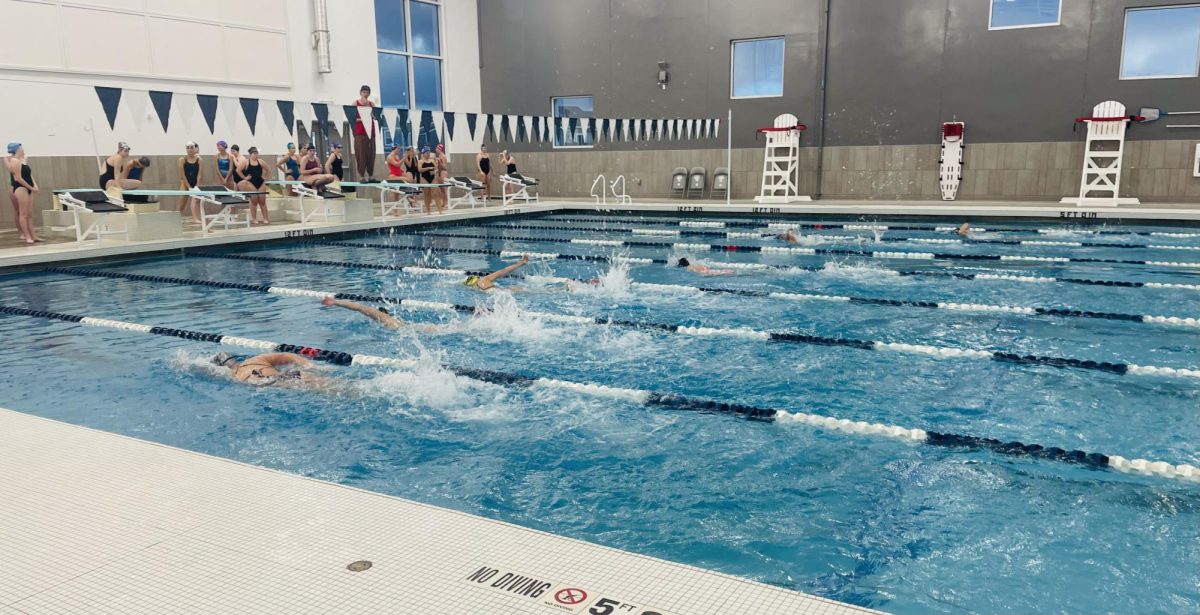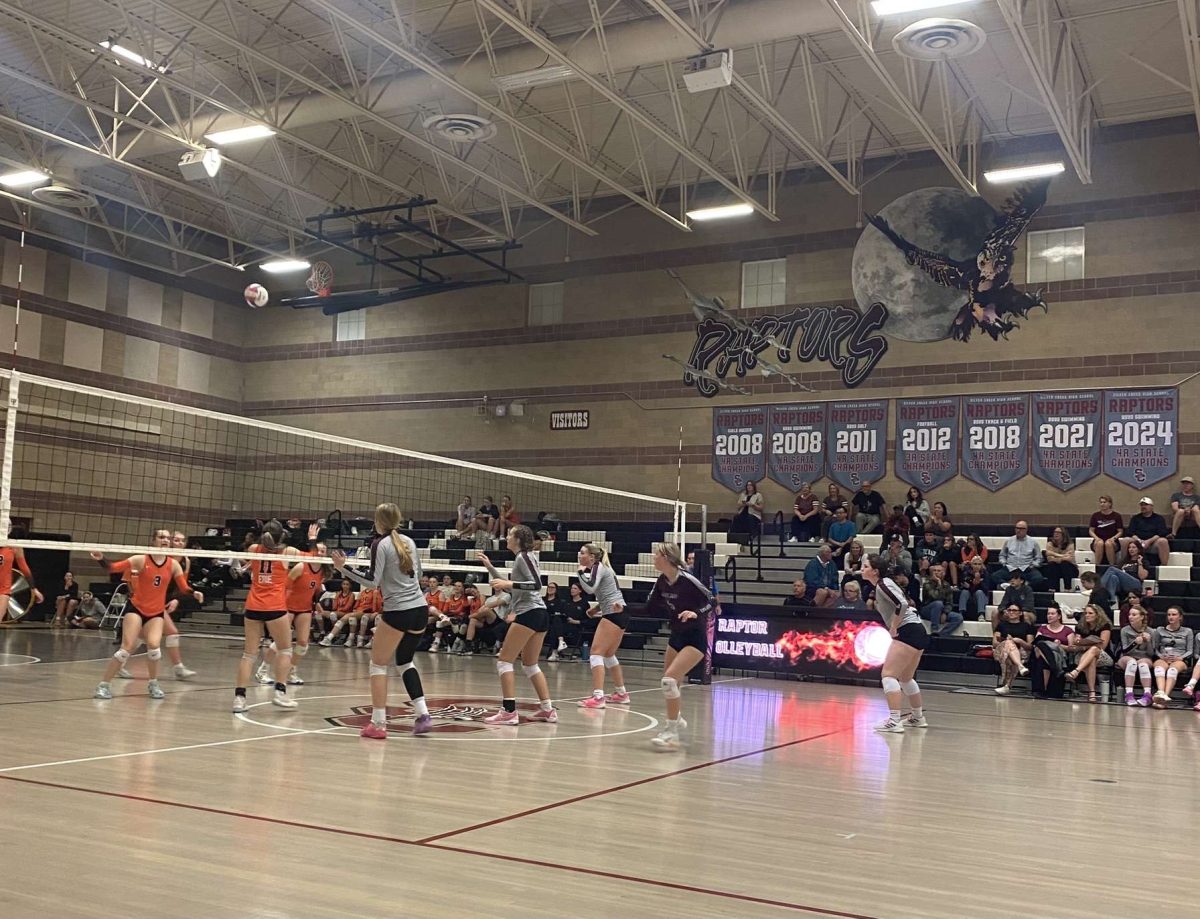Silver Creek High School is home to many amazing sports teams and hundreds of athletes. Even though school sports can be a great outlet for students, some prefer to find their athletic community outside of school, some of whom branch into the territory of extreme sports. Whether they are on a team or riding solo, these students are passionate about the unconventional sports they participate in.
Extreme sports, also called action sports or adventure sports, are sports that involve more risk than the average school sport does. Extreme sports also involve pushing oneself to high physical exertion, special gear and equipment, and thorough safety training.
Many people who partake in extreme sports do it for the rush of adrenaline, the feeling of freedom, and the sense of adventure.
“I see myself as both a person that loves adventure, but also a person that chases adrenaline for fun,” Silver Creek senior and mountain biker, Nash Alber said.
Not everyone who partakes in extreme sports is an “adrenaline junkie,” but part of the fun involved with these sports comes from the feeling of excitement and adrenaline.
However, doing a sport that is not associated with Silver Creek can be a deterrent for trying something new. Students often get stuck in their groove and find comfort and ease in their school community. But there is also something to be said for having more than one group of people and looking outside of school can be a great way to get that.
“[Doing a sport outside of school] is actually great,” Silver Creek senior and skier, Chloe Oliver said. “You’re doing this on your own, so it doesn’t have to be a part of your school life. You can have another community.”
Silver Creek senior and climber, Noah Thompson, agreed. “I get to meet people I would have never had the chance to meet through a sport at Silver Creek,” explained Thompson. “I loved playing soccer through the school and there were definitely amazing people in the program, but I think over time I figured out that climbing is what I loved. I’ve made my best friends through climbing, and my team feels a lot like family because of the time we spend together.”
Because extreme sports are less often offered by schools, it is a great way to learn something new and meet new people. However, there are other barriers to extreme sports other than not being offered at schools. Due to their advanced training and expensive equipment, these activities can be less accessible to many people.
“I believe that lift tickets and passes are so unreasonable,” Oliver said. “They’re great, but $1,500 for being able to go outside and enjoy the snow is a little crazy. I think that skiing has become elitist, and I think we need to just be happy little lads on the mountain.”
Silver Creek social studies teacher Kirsten Herman has her own take on the accessibility of extreme sports. Herman has participated in bungee jumping and great white shark cage diving and views safety as the most important thing when it comes to extreme sports.
“They should be more accessible, assuming that no corners are cut in safety,” Herman said. “I just think, as long as people are safe, that’s what’s important. Maybe there’s a reason for size, height, those sort of factors that are important.”
Speaking of safety, many people are concerned about the risks that come with extreme sports. The extreme element of these activities is not to be overlooked. The risks are important to know and understand.
“I’ve kind of always just felt invincible, like, ‘oh, I’m gonna be fine, I can do this’,” Herman explained. “And now I’m just at a point in my life where I have people who are dependent on me. I’m actually a little bit more scared of it now.”
Another concept to be aware of when it comes to extreme sports is adrenaline withdrawal. This happens when you constantly engage in adrenaline producing activities, stopping can leave you feeling depressed. Though these feelings don’t last long term, participating in a safe way for your mental health is important to remember.
However, the rush of adrenaline cannot come without a sliver of fear, and with the right equipment and knowledge, that feeling of fear gets reduced.
“Taking what you learn and applying it to real rocks definitely requires a clear mental space and I would say it [climbing] is an extreme sport,” Thompson said. “However, I don’t think that should scare anyone away from it because it’s ultimately a very, very safe sport if you take the steps to learn before you do it.”
While these sports and communities are great, the participants hope to keep pushing the limits by trying new things.
“I think it’s a lot of fun to be outside and in the outdoors, and when you go [skiing] with your friends, it’s a lot of fun,” Oliver said. “I would want to go white water rafting, for sure.”
For some, passion comes from fun, but for others, it comes from pushing yourself.
“Seeing how far humanity can push machinery and the skill that it takes compared to the average activity,” Alber explained. “I would like to try heli-skiing one day in the future.”
Thompson agreed, “I’d love to be able to ski more.” But always finds a way back to climbing, “It’s hard to say what I like most about climbing, to me it’s kind of just a stress-free place for me to escape too. It gets my mind away from everything else, and I just get to have fun,” Thompson said.
As for Herman, “I want to go Skydiving or do The Sky Jump. It’s one of the tallest commercial bungee jumps,” Herman explained. “I’m someone who thinks experiences are really important. Those kinds of experiences are just ones that you’ll never forget.”
Even though these sports are not recognized by Silver Creek, they are communities many athletes call home. Regardless of how people choose to get their adrenaline rush, these extreme activities are reminders to go for it, take risks, and of course, say YOLO, you only live once!








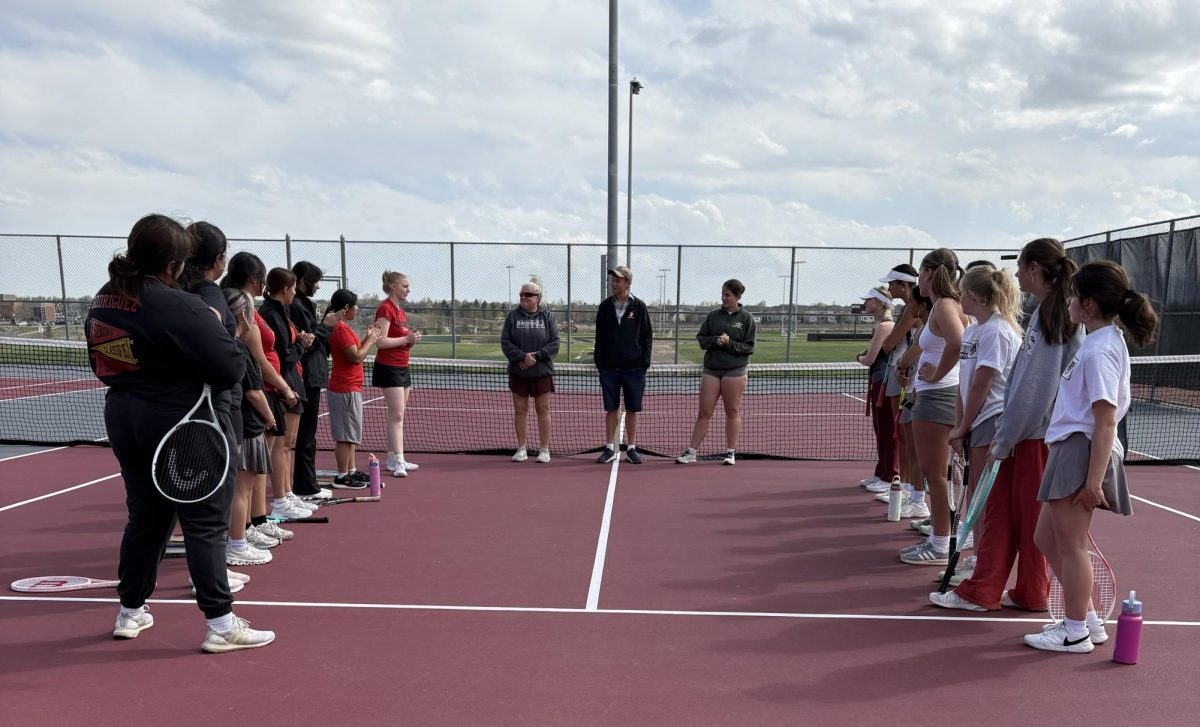
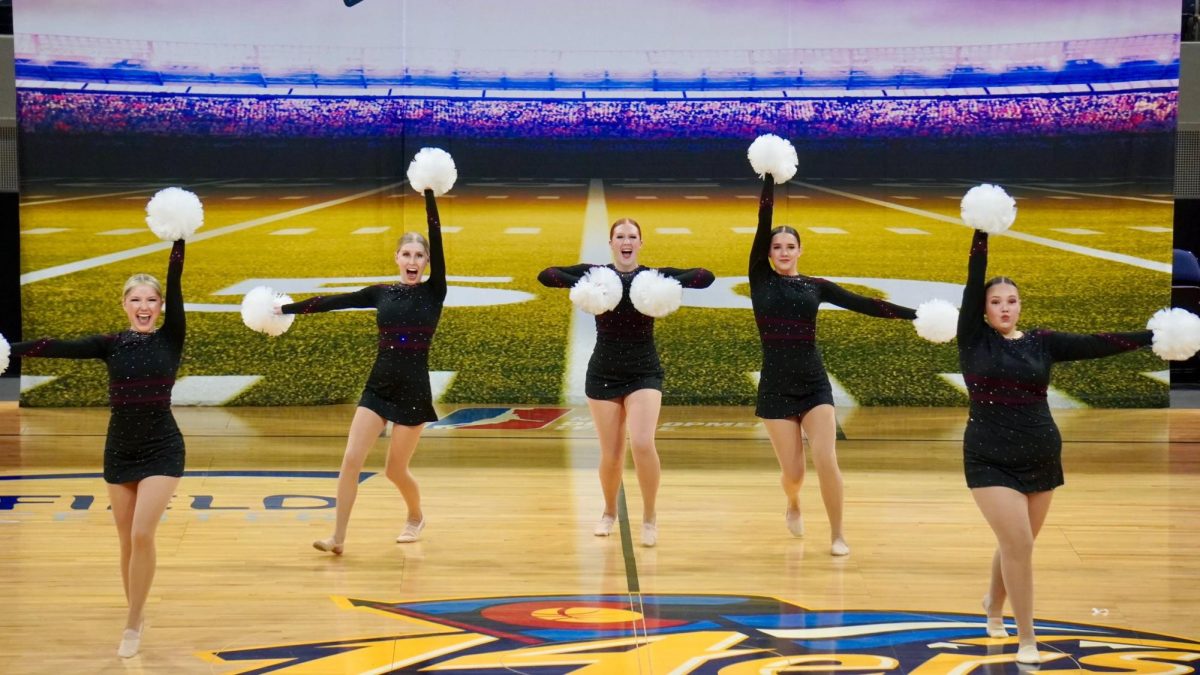
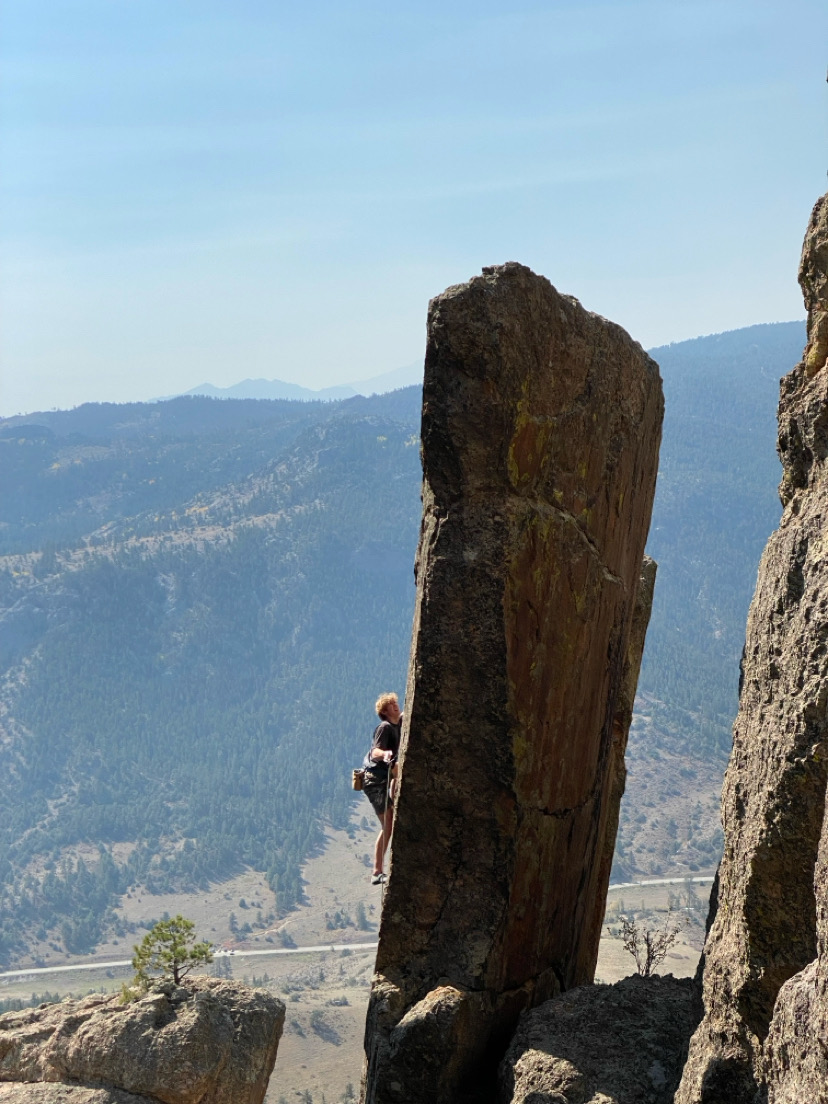

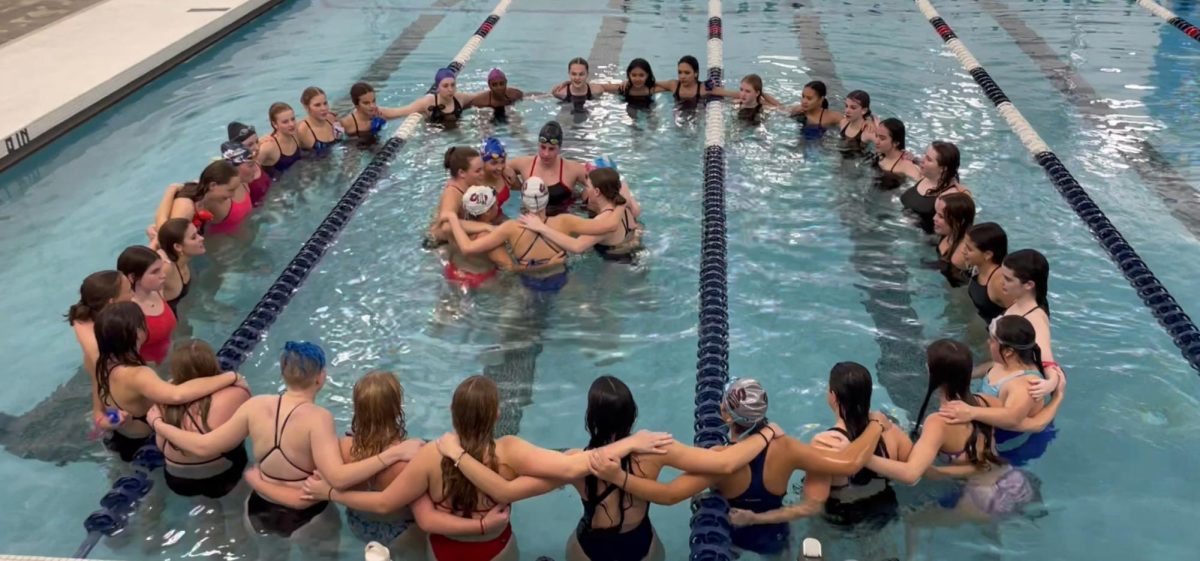









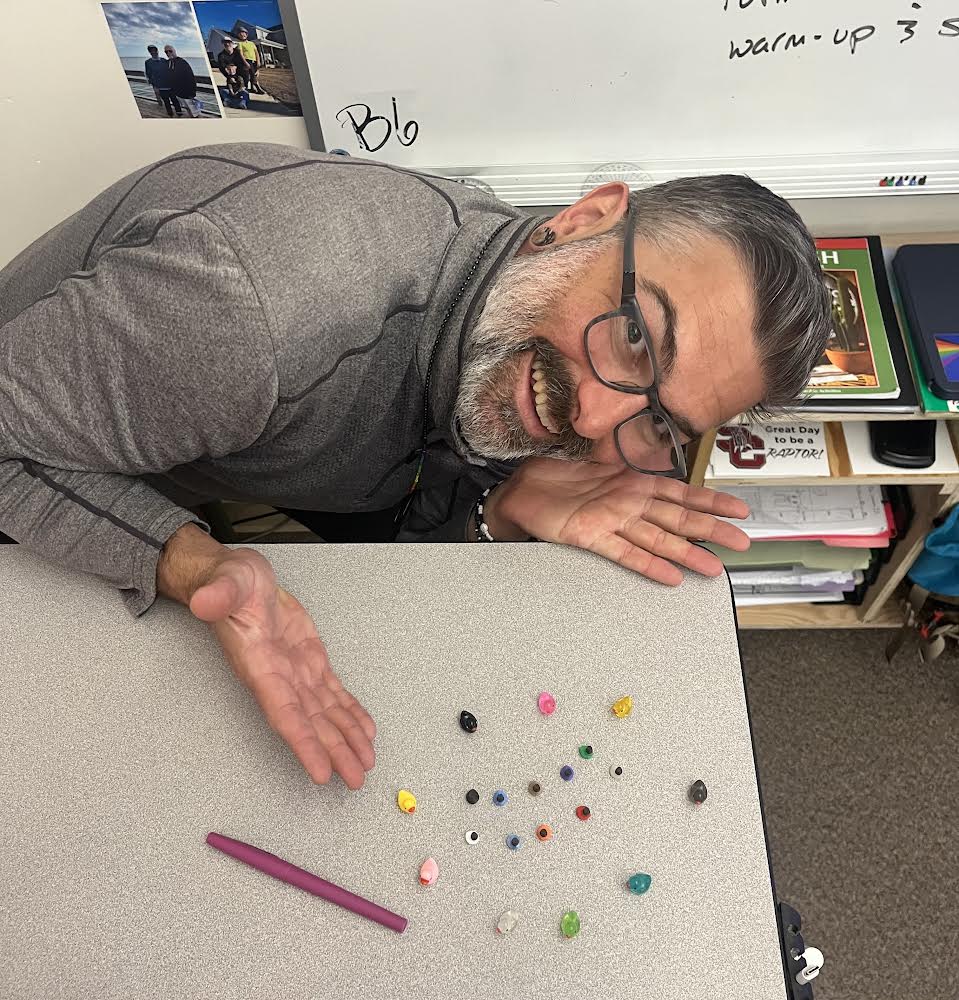



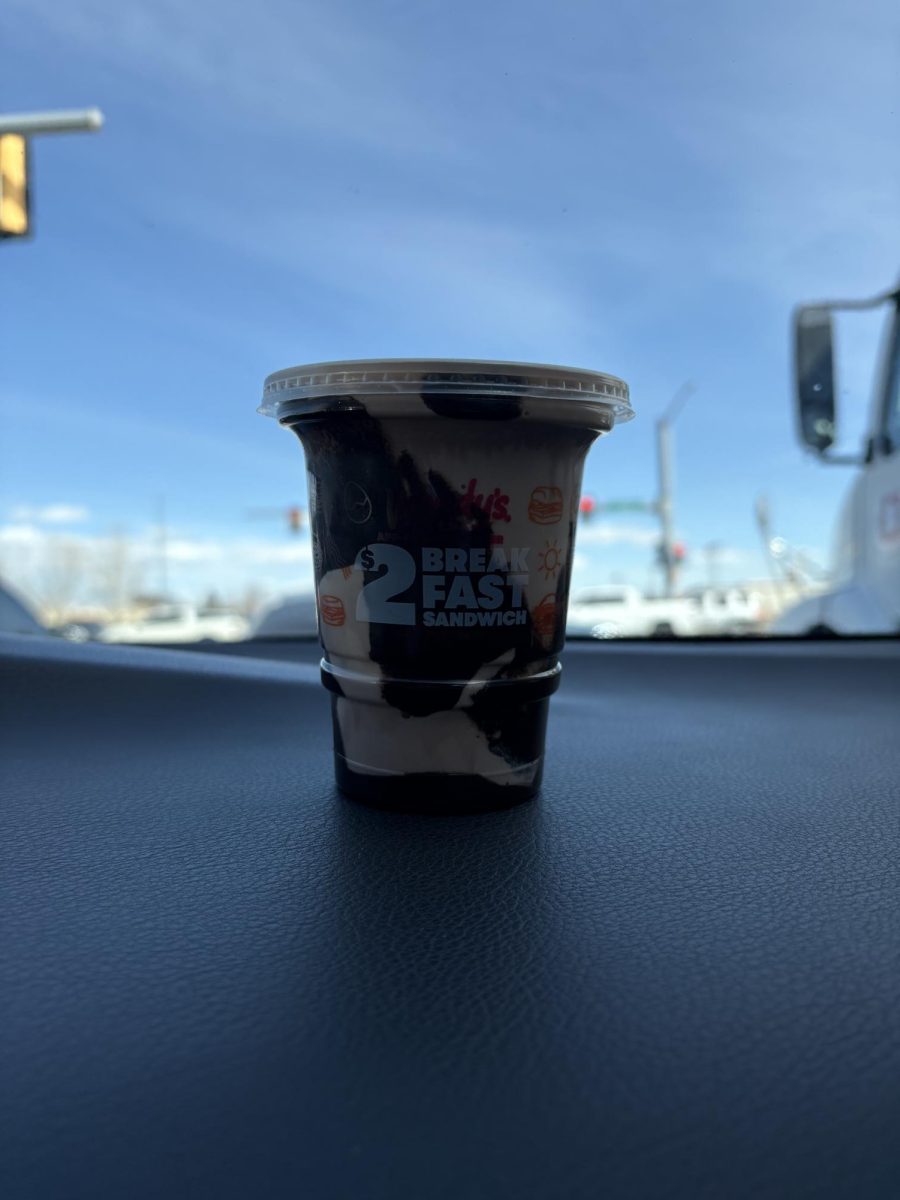


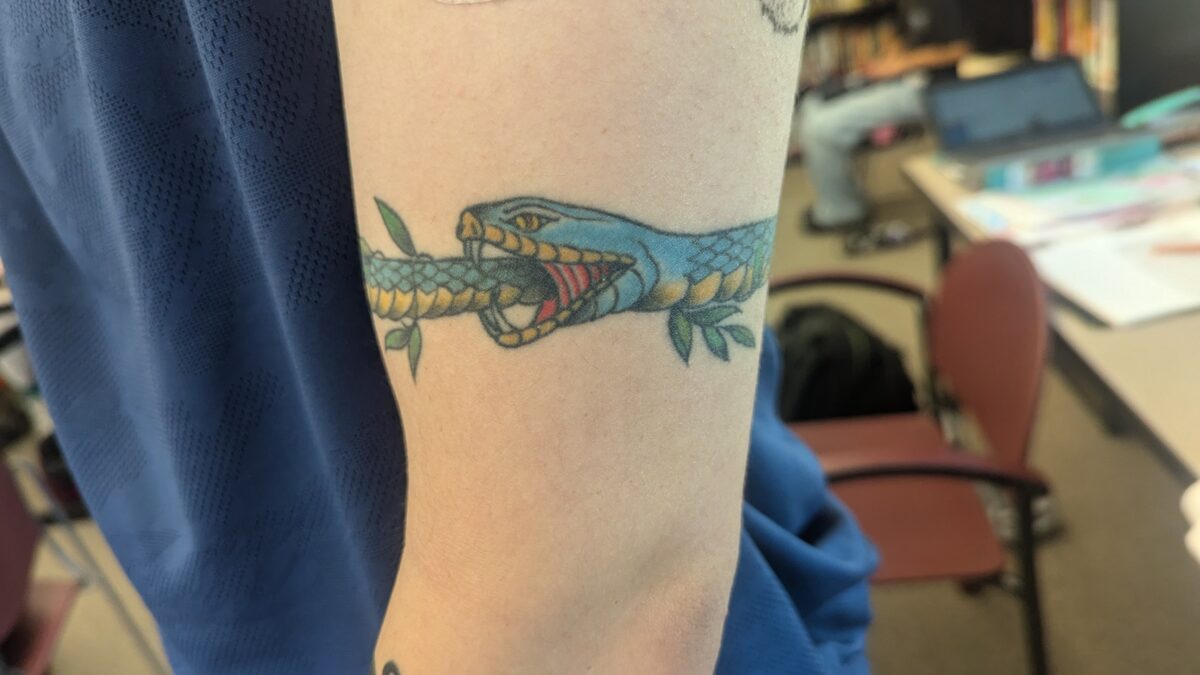
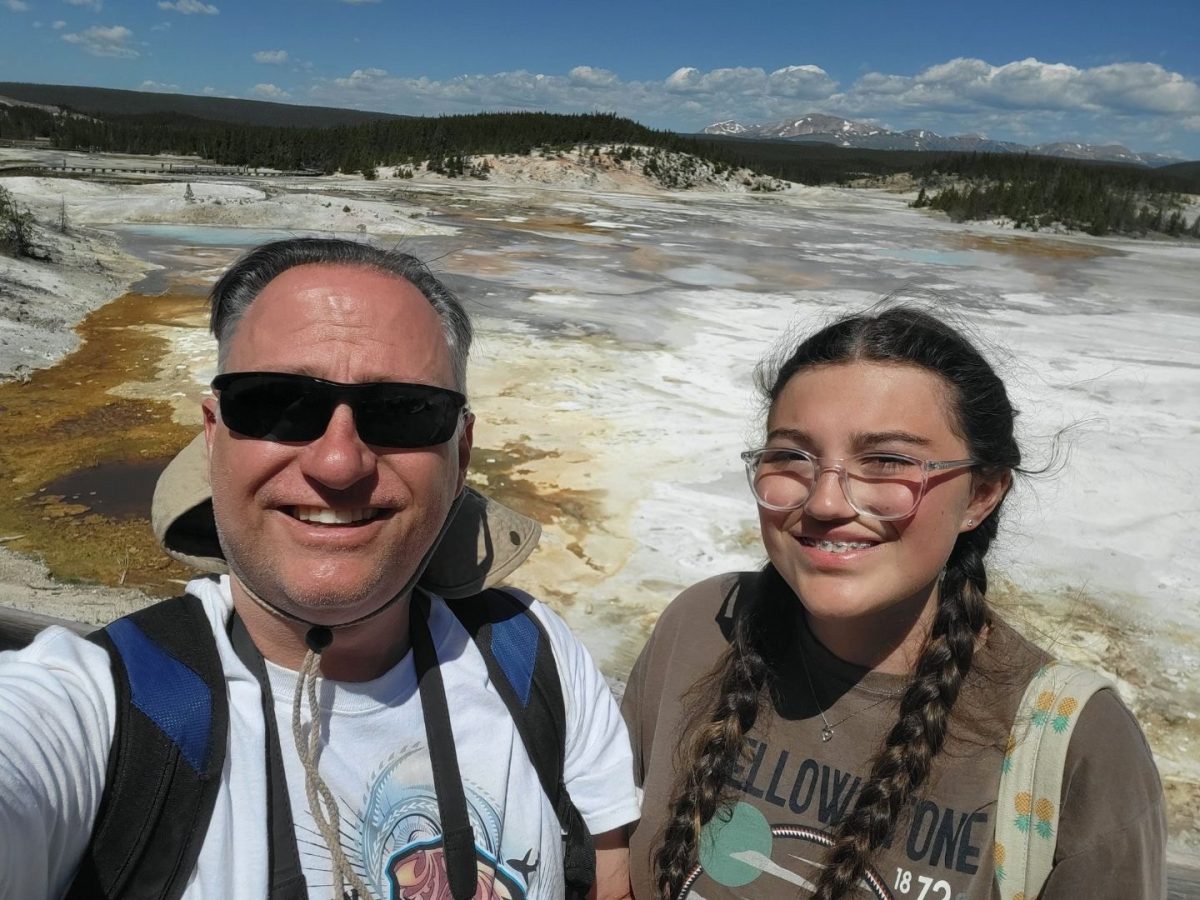
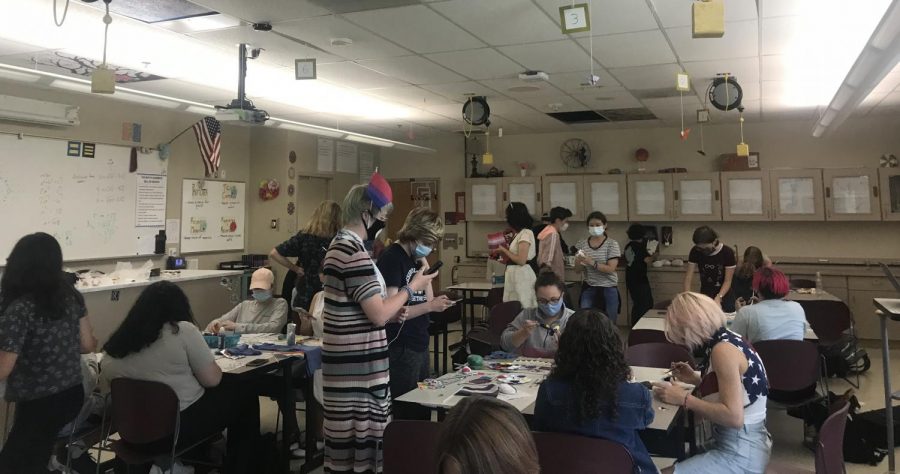

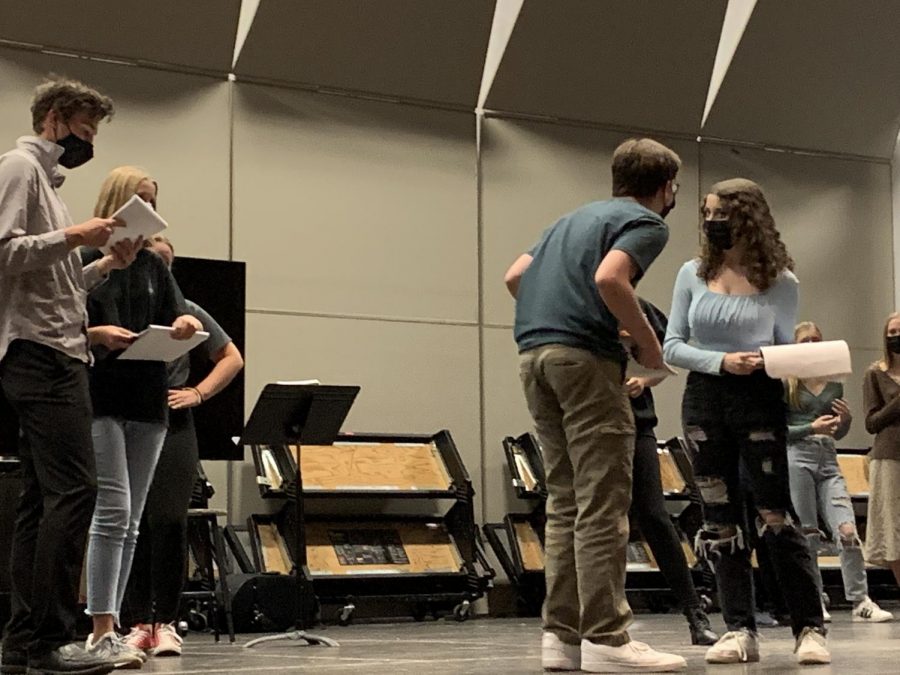





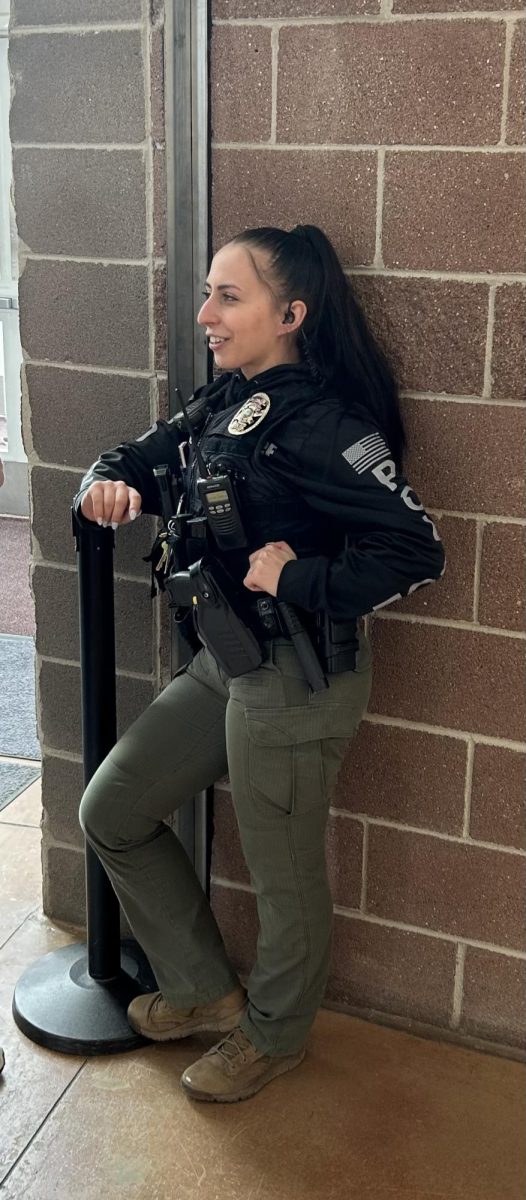

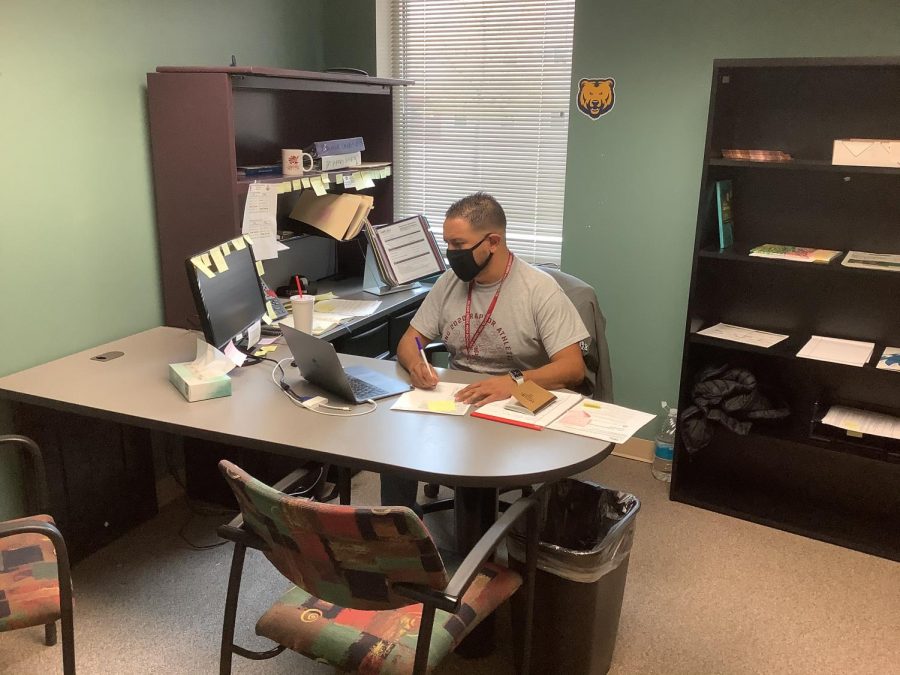

![Hosting the SCLA Casptone Mentor Dinner outside allowed for more attendees on September 27, 2021 at Silver Creek. This event would’ve usually been held inside. According to Lauren Kohn, a SCLA 12 teacher, “If we have a higher number of people, as long as we can host the event outside, then that seems to be keeping every[one] safe”.](https://schsnews.org/wp-content/uploads/2021/11/sxMAIGbSYGodZkqmrvTi5YWcJ1ssWA08ApkeMLpp-900x675.jpeg)








